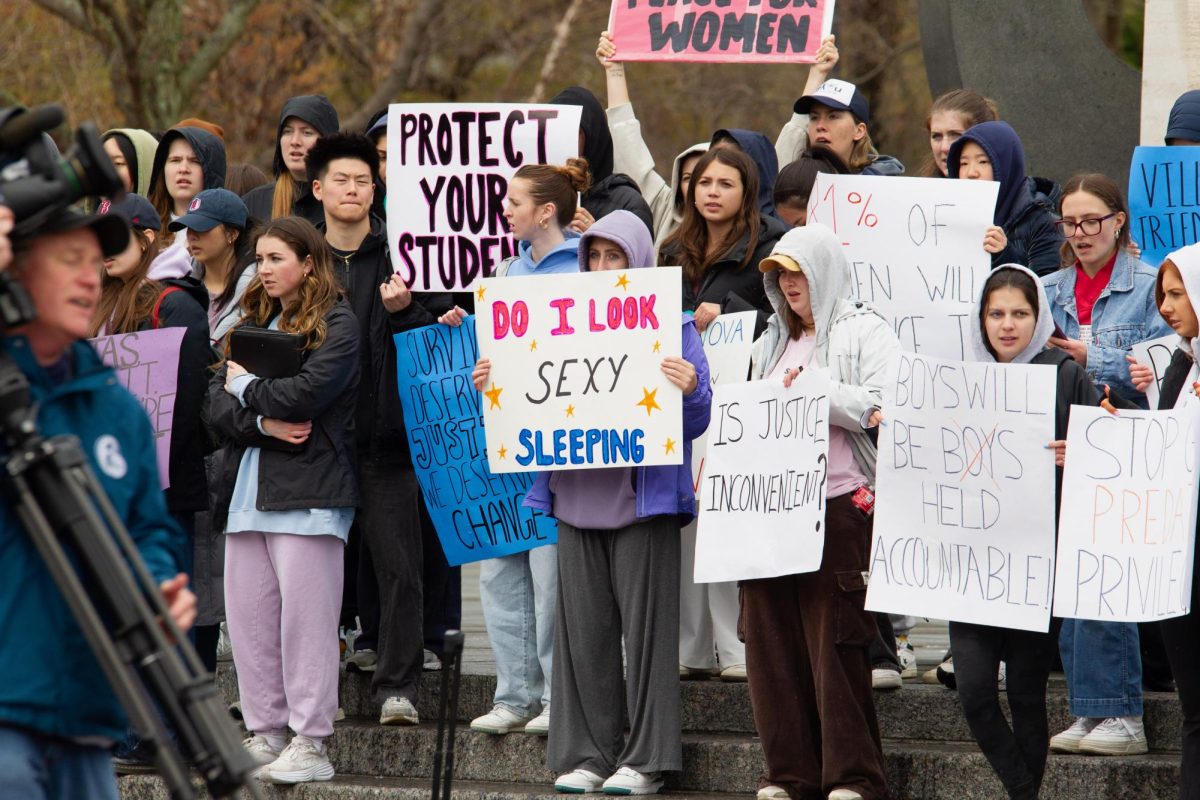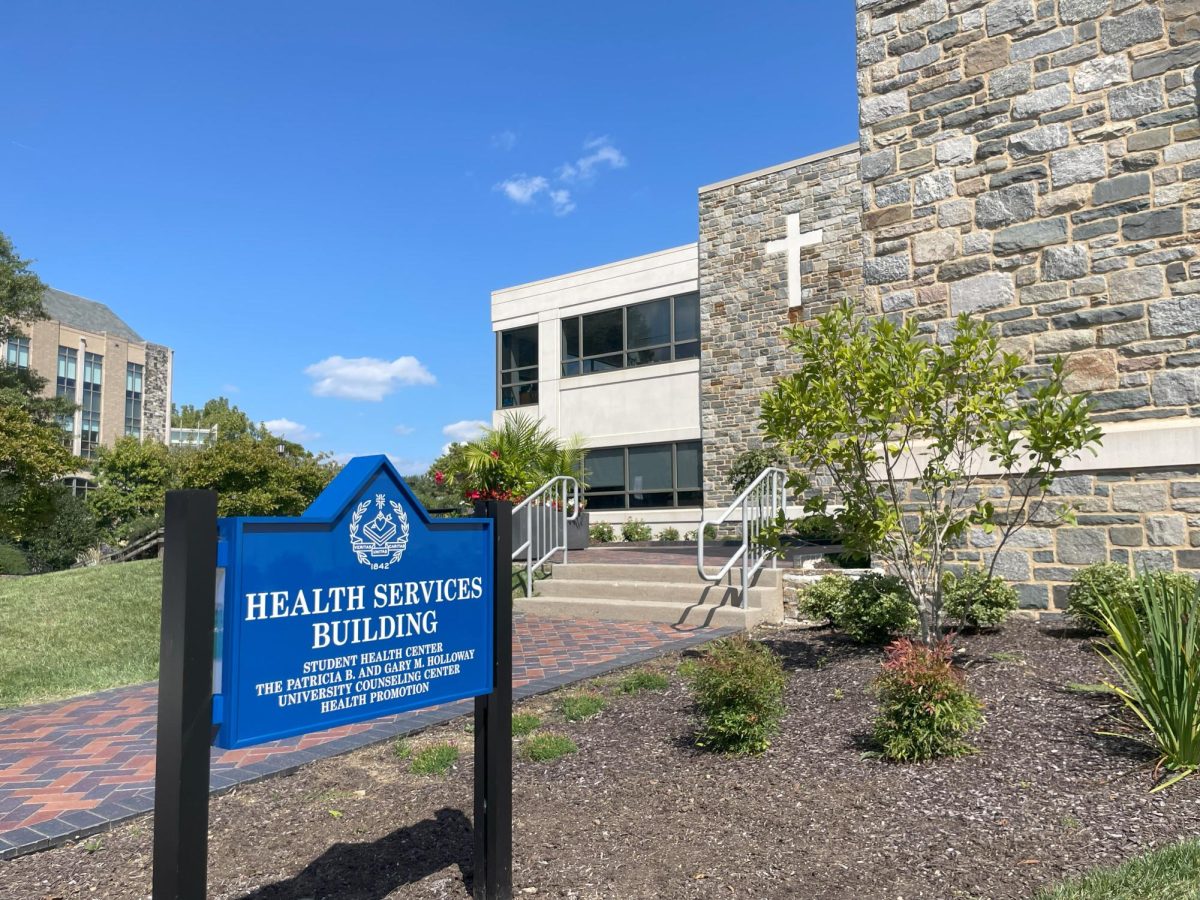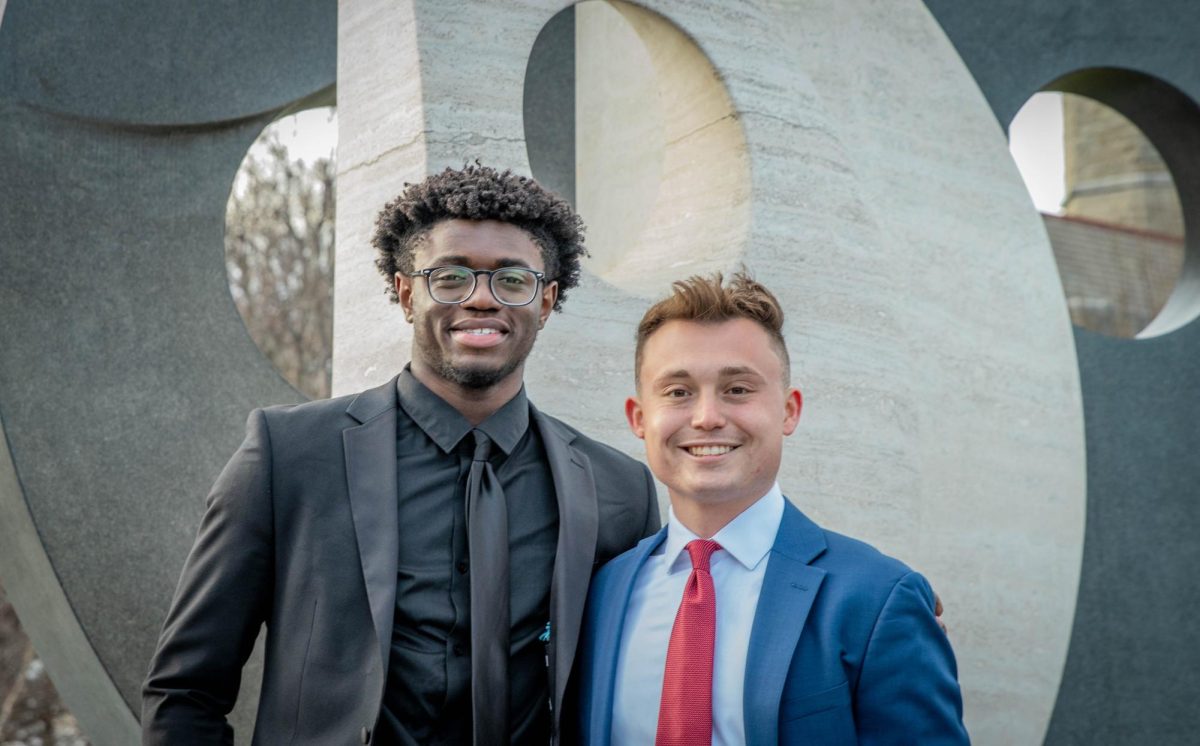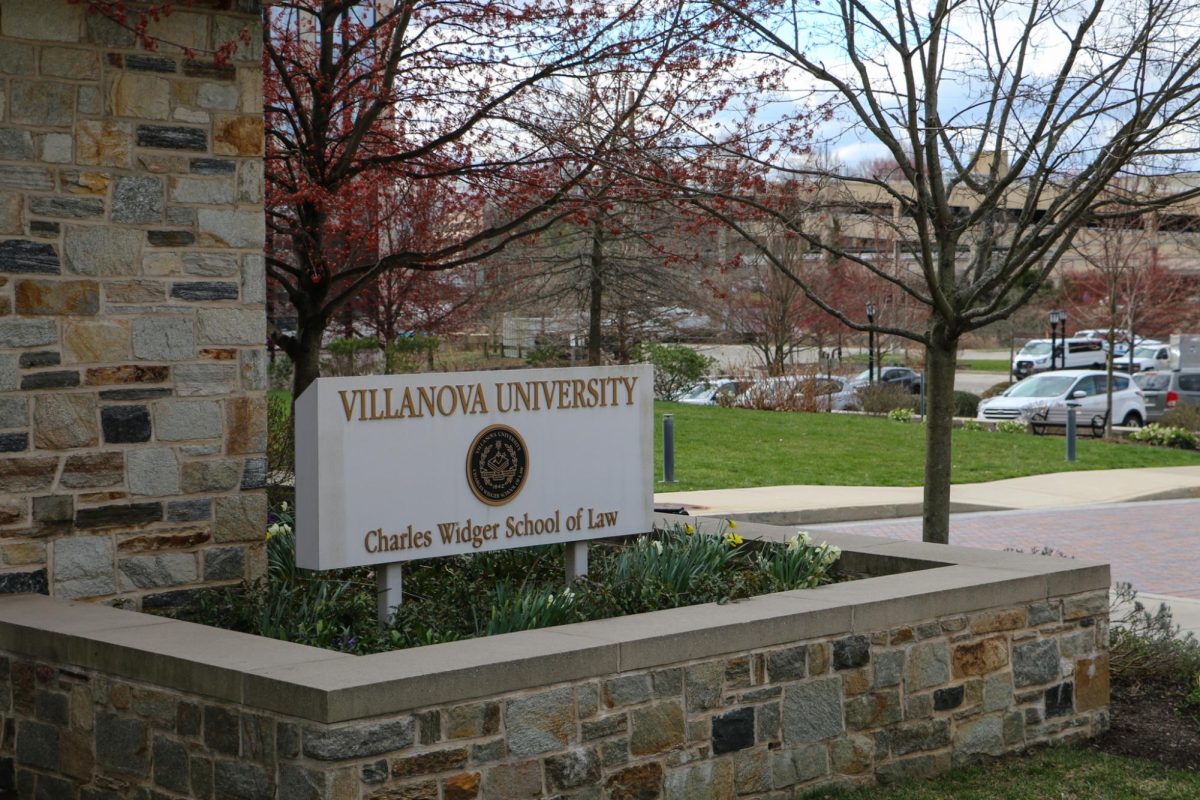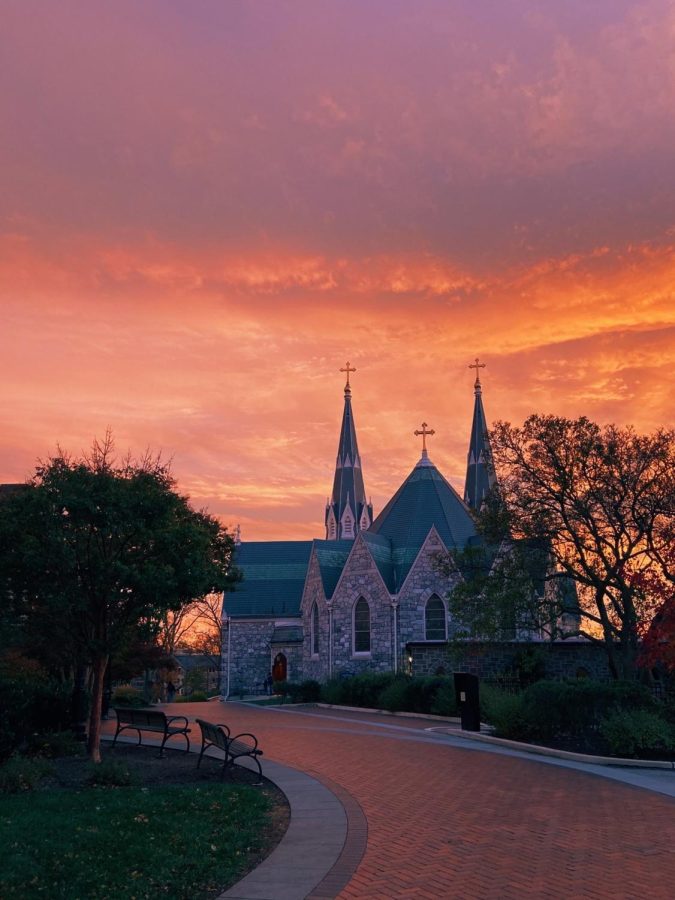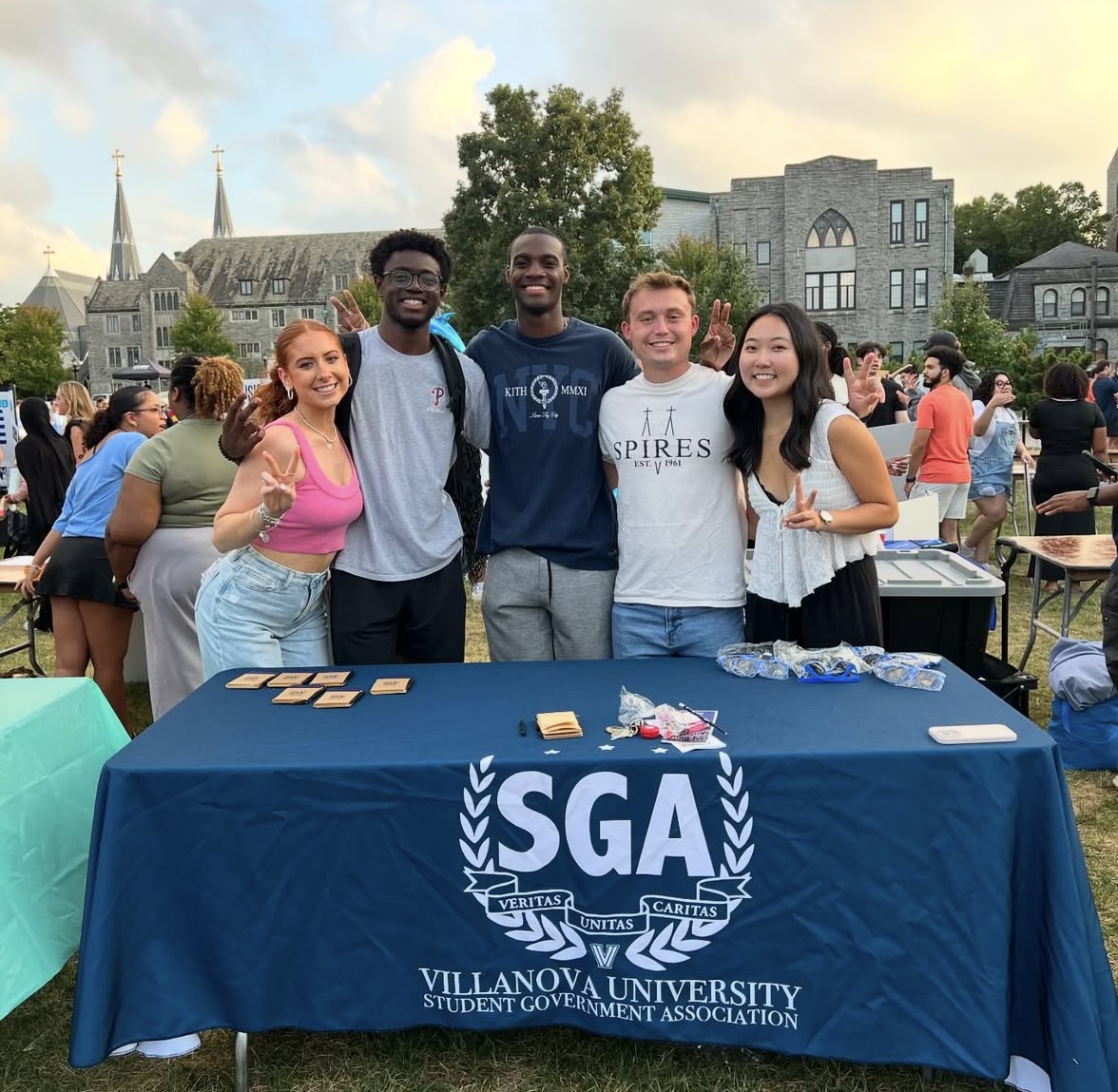Villanova voters were greeted by an exit poll table outside the Mullen Center after they cast their ballots Tuesday. This was the first time in Villanova history that exit polls were incorporated into the student voting process.
Exit polling is the process of gathering voter opinions immediately after they leave the voting site. The goal of this procedure is to gain data on who voters supported and to better understand how voters shaped their political beliefs.
“The data will not be available that night but will provide insight into how voters are feeling,” Communication Professor Allyson Levin said.
The Villanova initiative consisted of a non-partisan research project through the Communication and Political Science Departments. It was led by Political Science Associate Professor, Camille Burge-Hicks. The project was also part of a group of senior Communication students’ capstone project for Professor Tom Ksiazek’s class. Other universities, such as the University of Pennsylvania and Muhlenberg College, partook in this initiative as well.
“For my Senior Project in Communications, I was interested in exploring the roots of the current state of political polarization,” senior Lucy Simmons said. “With my groupmates, we hypothesized social media, and the partisan language used on these platforms, might play a big role in the current state of polarization within our democracy. Also, it is a contentious election, and we live in one of the most pivotal regions for the impending outcome, so getting to be on the ground conducting this work is a type of front-row view to our democracy that not many people get to have.”
At the Mullen Center, the table was located directly outside of the exit door. Student volunteers and professors were present to assist if anyone encountered a challenge with completing the survey. Volunteers emphasized the idea that completion of the survey was optional and that all answers would be anonymous.
“A lot of people are really interested in expressing their opinions and the fact that we are getting data from the school and that we are doing a lot of work for Villanova University as a whole,” Masters of Political Science student Maribeth Jaeske said.
As of 4:30 PM, 191 students had submitted the surveys. The team shared that the goal was to hit 200 surveys prior to 5 PM when the table would close. When students were exiting, it was promoted that completion of the survey would take no longer than three minutes.
“We are doing a lot of analysis of data of how peoples’ feelings are,” Maribeth Jaeske said. We are basically looking at what best explains your attitude and feelings about the election cycle itself and seeing how different ways of communication [how are you receiving your news and how you are getting information] to basically make your decision.”
Some of questions on the exit poll included information about voters’ primary mode of news consumption, which media sources they heard anything about the presidential campaign, and the level of investment in the political campaigns this year. Additionally, participants were asked to share their gender, race, highest level of education completed, year they were born, religion, and frequency of attending religious services in an effort for students to study and analyze how voter perspectives came to be.
“I am going to pay particular attention to the question on our survey pertaining to people’s primary medium for getting the news: social media has been a major instrument for the candidate’s in this election, and I’m looking forward to seeing if it has had any impact on the outcome of this election,” Simmons said.
Although not all students were willing to participate in the survey, many were receptive to the idea of sharing their ideas about their voting beliefs.
“At the end of the day, we will respect everyone’s decision to either participate or not and will be grateful to those who choose to do so,” Simmons said.

